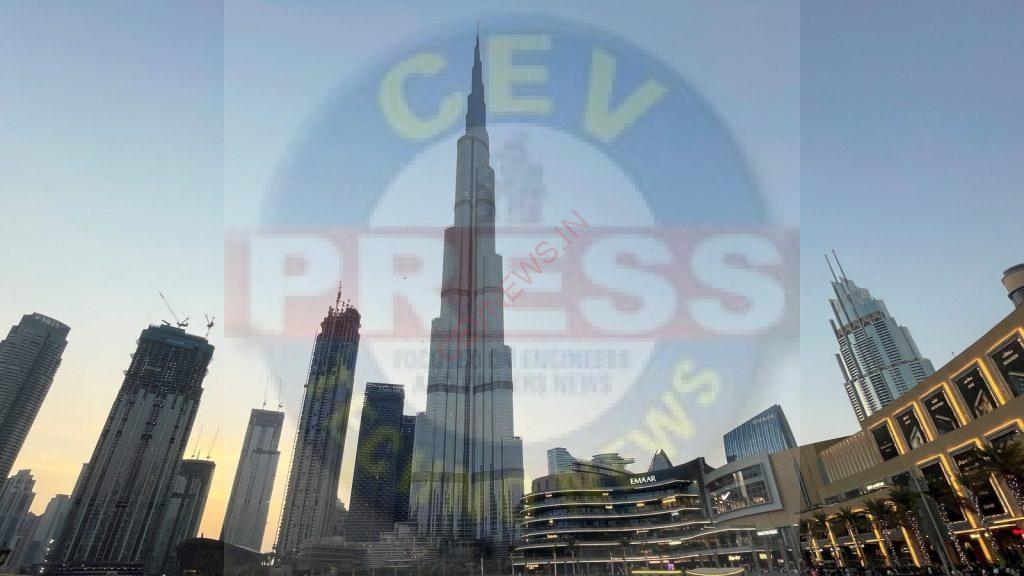SUSTAINABILITY IN CONSTRUCTION- ALL YOU NEED TO KNOW
Sustainability is a contemporary subject that has the potential to create an inspiring future for engineering, particularly civil engineering. Engineers are responsible for improving the extent to which communities can sustain soil, air, water, and energy assets, by creating a sustainable vision of the world. The American Society of Civil Engineers defines sustainable development as “the challenge of meeting human needs for natural resources, industrial products, energy, food, transportation, shelter, and effective waste management while conserving and protecting environmental quality and the natural resource base essential for future development.” Sustainability can be categorized into four types:
(a) Energy sustainability: Energy is an essential factor and engine for economic development and growth. Natural resources such as natural gas, coal, and other petroleum products are being consumed at a rapid pace and since its consumption rate is much more than their renewal rate, it is important to attenuate the usage of these energy resources to preserve their supplies for the coming generations.
(b) Ecological sustainability: To ensure the maintenance of services such as biological variety, pollination, food production, and other cleansing processes, the ecosystem’s overall health must be maintained. Human activity is directly responsible for the deterioration of our planet’s health. Ecological sustainability involves balancing ecological needs that are both 39 natural and human in nature. For the foreseeable future, figuring out how ecosystems may maintain a high level of resilience while losing some of their constituent pieces will be a key topic in ecology.
(c) Soil sustainability: Soil is a nonrenewable resource that civil engineers use as one of their foundation components. For the stability of civil engineering projects such as buildings, highways, towers, tunnels, dams, etc., the foundation of soil is crucial. However, human activities such as house construction, road erosion, etc. have resulted in degrading the fertility of the soil. It is important to understand that this rapid development is a double-edged sword. Landslides are a common occurrence in hilly locations, and they are the end result of deforestation and development, in which humans invade the ecosystem and disrupt natural phenomena. All these activities, finally, disrupt the soil ecosystem and are a threat to the multifunctionality of species that are dependent on it. Therefore, it is the prime obligation of civil engineers to keep this double-edged sword of development under check.
(d) Environmental sustainability: The well-being of humans is closely linked with the health of the environment. Rapid development has led to notable changes in the environment which has long-term implications for human health. In 2019-2020, Australia saw a disastrous fire season because of rising surface temperatures induced by human activity. If more development projects do not adopt sustainability, the frequency of such forest fires is expected to increase. Another alarming environmental impact is visible frothing in the Yamuna River for several years. The requirement for achieving long-term river water quality through prioritizing biodiversity conservation is critical.
BENEFITS OF SUSTAINABLE CONSTRUCTION
Reduced costs. Green building makes buildings less resource-intensive. For example, according to the US Department of Energy (DOE), buildings can save 5-20% on energy bills with operation and maintenance programs targeting energy efficiency. If these programs are implemented already at the construction phase, the savings can be significant. Plus, operating a high-performing building requires less maintenance.
Healthy buildings. Sustainable buildings are healthier, which makes them more valuable. For example, healthier buildings make occupants more productive.
Lower future risk. Studies show that greener building portfolios have better operating performance and they are exposed to less market risk. And as investments in sustainable construction grow, it’s clear that an increasing number of businesses need to rethink the sustainability of their investments to keep up with the market.
Easier to bring old buildings up to future standards. Retrofits are one of the best ways to prolong a building’s life cycle. Updating already existing buildings to the latest standards will increase the building’s value and life span.
Client demand. Studies show that it’s more attractive to rent or lease green buildings than non-green buildings. Green buildings also command higher sales prices.
Plus, green building can have an impact on brand value. Also, corporate social responsibility can commit companies to sustainable construction projects.

FOR MANY MORE UPDATES AVAILABLE CLICK BELOW
CLICK THE BELOW LINK TO READ THE COMPLETE CONTENTS
SOME CONTENTS OF THIS WEBSITE ARE FOR GOLD SUBSCRIBERS ONLY.
Join us as a GOLD SUBSCRIBER and get access to read important books.
KIND ATTENTION
We are going to close all what’s groups of CEV soon due to difficulties in posting information or message in more than 5 groups of CEV at a time.
All future posts of empanelment notices & professional importance will be shared on
1. https://t.me/+dbHNkNO22xsyYTY1
2. www.valuerworld.com
3. The Twitter handle of CEV India
https://twitter.com/cevindia?t=XbqlvnwUVz1G3uPgs749ww&s=09
after closing the groups.
All members of these groups are requested to register themselves at the following link immediately for Getting all related timely updates

